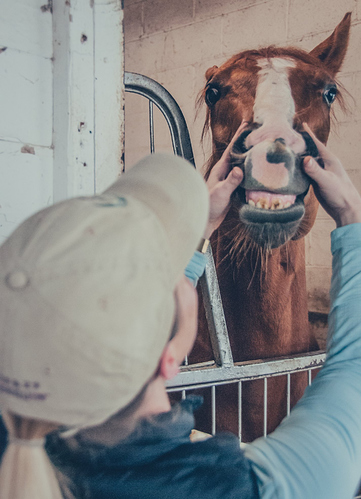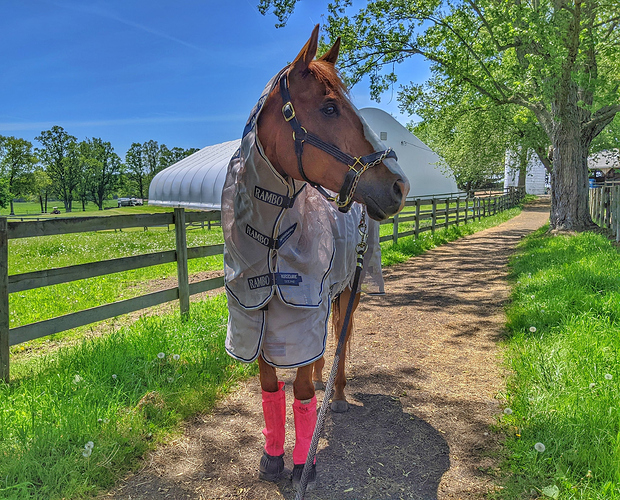Inherited my best friend and her father’s one and only homebred TB after he passed away unexpectedly in late April. He’s 6yo, we pulled race plates and replaced with steel - up front only. Turned out on 30 acres 24/7, ripped the first steel shoes off after one day. The pair that replaced those stayed on with double bell boots until his feet started to fall apart. He is sore due to thin soles and moves fine on grass and even pavement - but lord help us if he steps on a rock. There is not enough foot with integrity to nail shoes back onto. Glue on shoes are not in the budget.
Is there anything I can do (biotin, other vitamins or supplements, topicals etc.) that others have tried and have helped? I only supplement my other OTTB with Vit E and selenium, since my area is deficient. I don’t have an agenda with this horse - he can stay turned out for a year and work on growing foot. If there’s anything I can do to help ensure it’s good quality foot that others have experience with, I’d love to know.
Thank you!




